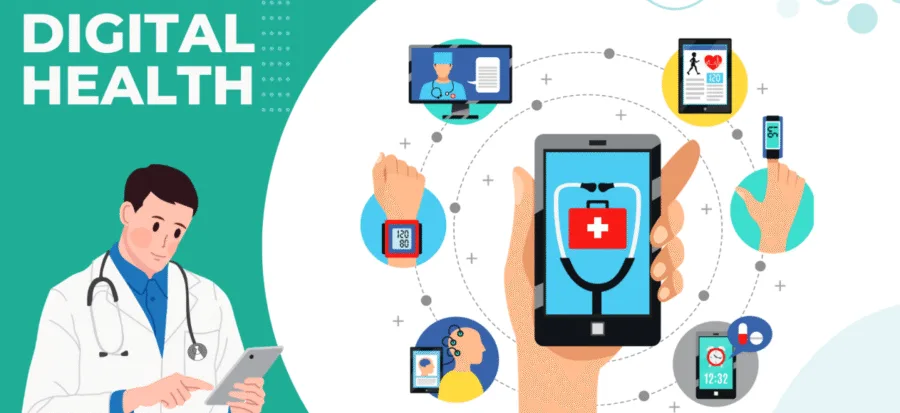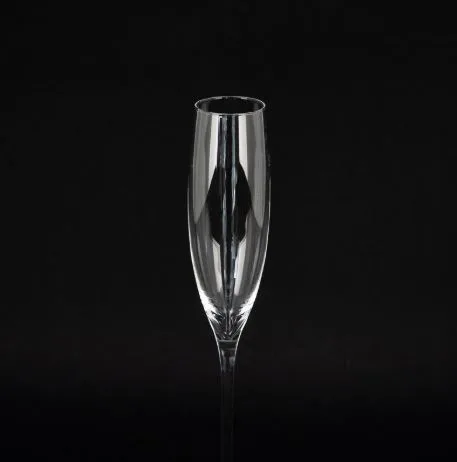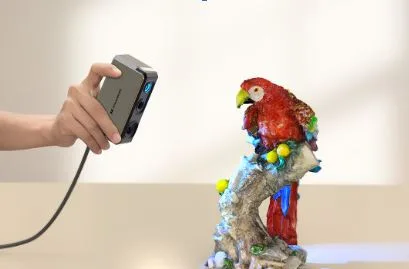One Size Doesn’t Fit All: Clinical Investigation Challenges in Medical Devices vs. Other Health Products
In healthcare, evidence is the currency of trust. Drugs, biologics, and medical devices all need it – but how that evidence is generated varies widely. The problem begins when the same clinical expectations are applied to every type of product, regardless of how it works.
Should an implantable heart valve be studied in the same way as a new antibiotic? Of course not. Yet, the pressure to fit medical devices into a drug-style clinical model persists, often leading to confusion, delays, and unnecessary cost.
The truth is that medical devices live in a different world – one where design, usability, and real-world performance often matter as much as clinical endpoints.
And understanding those differences is essential for both regulators and manufacturers who want to prove safety and effectiveness without distorting the purpose of investigation itself.
Why Clinical Evidence Works Differently for Devices
Unlike drugs, medical devices rarely act through chemical or metabolic means. Their safety and performance depend on design, engineering, and user interaction. That means clinical investigation for devices isn’t just about biological response; it’s about how the device behaves in context.
Consider an insulin pump. Its effectiveness depends not only on insulin delivery but also on how intuitively patients can use it, how the software handles alerts, and how it integrates with other equipment. A drug trial would never consider button placement or interface readability – but for a device, those elements can determine success or failure.
That’s why clinical evidence for medical devices often combines several types of data: preclinical testing, usability studies, performance evaluations, and post-market follow-up. Together, they form a mosaic of evidence, not a single randomized control trial.
Clinical Investigation Under the MDR
The European Medical Device Regulation (MDR) redefined how evidence for medical devices is viewed. It demands that manufacturers not only prove safety and performance but also maintain that proof across the entire lifecycle. Clinical investigations are central to that process.
But how do you decide when one is needed? MDR Annex XIV offers a clear rule: if clinical evaluation cannot rely solely on existing data, then a new investigation is required. That’s simple in theory, but complex in practice.
For low-risk devices, manufacturers may use literature, equivalence data, or legacy studies. For higher-risk or innovative products, regulators expect direct evidence from clinical investigations tailored to the device’s intended purpose.
The challenge lies in determining what’s “enough.” For example, a new orthopedic implant might require years of patient follow-up to demonstrate mechanical stability and tissue compatibility. A wearable glucose monitor, on the other hand, might focus on accuracy and usability data collected in shorter cycles. Different devices, different evidence models – and that’s the point.
If you need a deeper understanding of how clinical investigation fits into the wider regulatory process, you can check this guide to clinical investigation and clinical evaluation. They explain how evidence builds step by step – from pre-market trials to post-market surveillance – within the MDR framework.
Designing Studies That Reflect Reality
Clinical investigations for medical devices must strike a balance between control and realism. A study that’s too controlled may miss real-world usability issues, while one that’s too open may introduce bias. The best studies replicate actual use conditions as closely as possible.
Take surgical robotics. A device might perform flawlessly in a laboratory setup, but how does it handle variations in surgeon technique or unexpected patient anatomy? These are the kinds of questions that pure clinical endpoints can’t answer. Instead, device studies often combine quantitative data (like performance success rates) with qualitative feedback from clinicians and patients.
Another major difference is iteration. Device design evolves quickly – sometimes even during the clinical phase. Regulators recognize this, which is why MDR allows for design modifications within defined boundaries, provided the impact on safety and performance is well understood and documented.
The Role of Post-Market Evidence
Clinical investigation doesn’t stop once the device is approved. Under MDR, post-market clinical follow-up (PMCF) is mandatory for most devices. It ensures that real-world use continues to match expected safety and performance outcomes.
Why is this so important? Because devices live longer, interact with diverse users, and operate in constantly changing healthcare environments. A drug remains chemically stable over time; a connected device interacts with new software, network updates, and user habits that evolve. PMCF closes that loop, turning field data into insight for future design improvements and risk assessments.
This continuous evidence generation is what sets medical device development apart – a lifecycle approach, not a single clinical event.
Conclusion
Clinical investigation is not a one-size-fits-all process. Medical devices demand flexibility, contextual understanding, and an evidence strategy that mirrors how they’re used in the real world. The MDR made this clear: proof of safety and performance must come from data that reflects function, not just biology.
In the end, the goal remains the same – to protect patients and ensure that every product on the market performs as promised. But getting there requires recognizing that devices are not drugs, and that good clinical evidence is not about volume, but about relevance. When investigations are designed with purpose, manufacturers produce more than compliance – they produce confidence.






